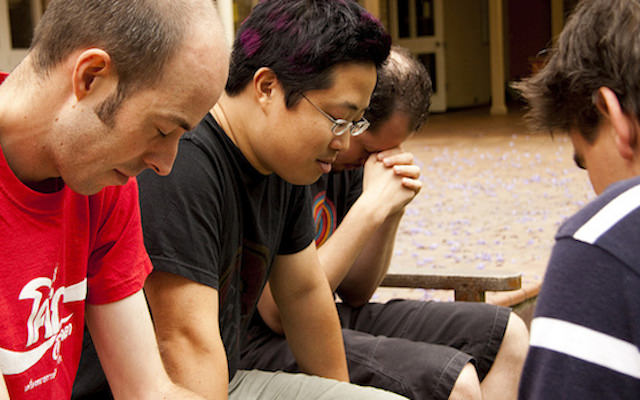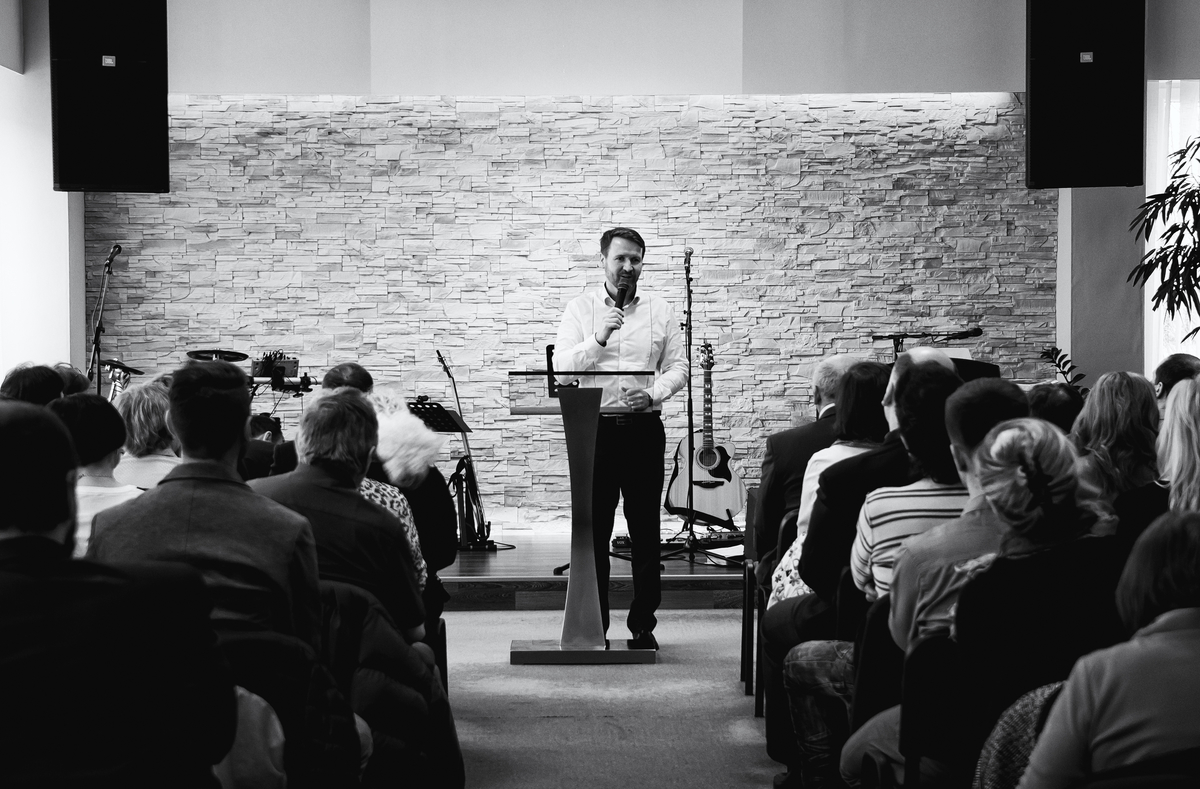Every church should embrace the mission of making disciples and implement a strategy to accomplish that mission. Because the mission of a local church is to make disciples, a strategy is how the church is designed to make disciples. If a church’s strategy is not grounded in making disciples, the church has abandoned the mission Christ has given.
Because discipleship is an ongoing process of becoming more and more like Jesus, a church’s strategy should be her discipleship process. In other words, a church’s discipleship process should be synonymous with her strategy. I wrote on designing a discipleship process just a couple of weeks ago.
As church leaders think about their overarching discipleship process, here are three common mistakes:
1. Viewing discipleship as part of your strategy/process
If discipleship is viewed as merely information, then people are likely to view a teaching environment as best suited for discipleship. If discipleship is viewed as merely behavioral modification, then people are likely to view accountability that is focused on what people are doing as the best expression of discipleship. However, if discipleship is viewed as transformation, then the totality of the church’s focus is on making disciples. Surely this includes people learning the Word, but it also includes people being shepherded in community, serving others, living on mission, and worshiping Christ with their lives.
Ultimately discipleship is about transformation, not merely information or behavioral modification. When you design a process for discipleship, view discipleship as the whole process, not merely a component in it.
2. Over-programming early in your discipleship process
A common mistake is when church leaders craft (or borrow) a new mission statement and quickly throw all their existing programs under the new statement. The old just gets baptized with new nomenclature. The problem with the re-categorization approach is that if leaders just place everything they are doing under a new phrase, they have not really designed a process for spiritual transformation. A major consequence is that church leaders will unintentionally stall people early in the articulated discipleship process. Because people only have so much time, over-programming early in a discipleship process prevents people from moving to steps placed deeper in the process.
For example, imagine First Community Church articulates their process as “exalt, equip, and engage.” Their strategy is to move people from large worship environments (exalt) to places of biblical community and instruction (equip) to places of mission engagement (engage). Sounds good so far.
But First Community Church merely re-categorizes all their programming under their new statement. They place Sunday morning worship services and Sunday night worship services under “exalt.” Under “equip,” they place Sunday school, discipleship groups, home prayer groups, men’s ministry, women’s ministry, and a plethora of other things. Each week in their worship services, the leaders compete for time to promote their “equip” programs.
Do you see the problem? If someone actually went to all of the programs promoted, the individual would be at six different things each week. And he or she still has not served nor engaged unbelievers outside the church. Over-programming early in your discipleship process competes with your process. Over-programming hampers the body by complicating the lives of church members to the point that there is no margin for service or mission.
3. Divorcing mission engagement from the discipleship process
If a church’s discipleship process ends with the church, missions and serving those outside of the church have been tragically separated from the church’s strategy. A church’s discipleship process/strategy may sound like, “Come to our church, get connected, and help us do church better.” If the end result of a strategy is a better church, the church has too shallow a view of discipleship. If you believe what William Temple stated, “The Church is the only society that exists for the benefit of those who are not its members,” then a church’s discipleship strategy must not end with the church. People must be deployed as salt and light in the world.





